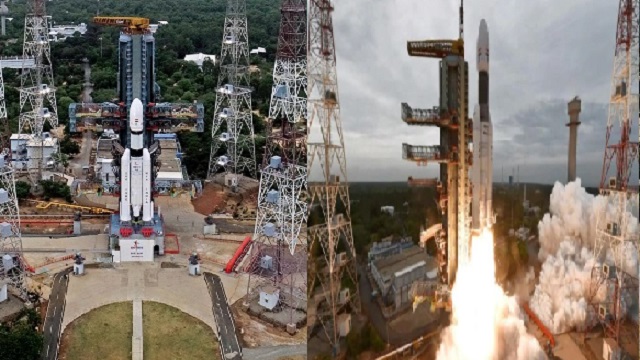Chandrayaan-3 Launched: Know How is it Different from Chandrayaan-2
The Indian Space Research Organisation (ISRO) is poised to launch Chandrayaan-3 today from the Satish Dhawan Space Centre in Sriharikota.
Bengaluru: The Indian Space Research Organisation (ISRO) has launched Chandrayaan-3 today from the Satish Dhawan Space Centre in Sriharikota. After the challenges encountered during the soft landing of Chandrayaan-2 in 2019, ISRO has made several improvements to ensure the success of Chandrayaan-3.
The most significant difference between Chandrayaan-2 and Chandrayaan-3 lies in the rocket used. While Chandrayaan-2 consisted of the Vikram lander, Pragyan rover, and an orbiter, Chandrayaan-3 will launch with just a lander and a rover. The mission will leverage the existing orbiter, which was launched with Chandrayaan-2, for communication and terrain mapping purposes.
To enhance the landing process, Chandrayaan-3’s lander is equipped with two “lander hazard detection and avoidance cameras” for coordination with the orbiter and mission control during touchdown. This is an improvement over Chandrayaan-2, which had only one such camera. The Vikram lander of Chandrayaan-3 will have stronger legs, and the landing velocity has been reduced from 3m/second to 2m/second.
Moreover, the lander has been equipped with additional fuel capacity to enhance its travel capability and handle dispersion effectively. ISRO has also introduced a new sensor. The landing area has been expanded from 500m x 500m to four km by 2.5 km, minimizing the risk of a failed landing.
To ensure uninterrupted power generation, the Vikram lander of Chandrayaan-3 has been fitted with additional solar panels on different surfaces. The mission’s orbiter, on the other hand, will carry a single instrument called Spectro-polarimetry of Habitable Planetary Earth (SHAPE) to study spectral and polarimetric measurements of Earth from the lunar orbit.
In addition, Chandrayaan-3 includes the Laser Retroreflector Array (LRA) as a passive experiment to understand the dynamics of the Moon system.
With these improvements and modifications, ISRO is confident that Chandrayaan-3 will achieve its mission objectives successfully. The launch of Chandrayaan-3 marks another significant milestone for India’s space exploration endeavors, as the nation continues to strive for scientific excellence and a greater understanding of the Moon and beyond.




 Ms Kalinga
Ms Kalinga